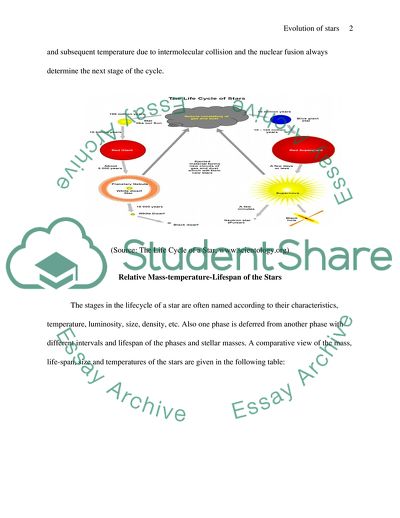The Life Cycle of a Star Case Study Example | Topics and Well Written Essays - 2250 words. https://studentshare.org/astronomy/1725758-write-a-detailed-account-of-the-evolution-of-the-stars-from-their-initial-formation-to-eventual-deaths-include-a-discussion-of-the-end-products-and-how-they-change-with-stellar-mass-illustrate-your-discussion-with-figures-including-h-r-diagrams
The Life Cycle of a Star Case Study Example | Topics and Well Written Essays - 2250 Words. https://studentshare.org/astronomy/1725758-write-a-detailed-account-of-the-evolution-of-the-stars-from-their-initial-formation-to-eventual-deaths-include-a-discussion-of-the-end-products-and-how-they-change-with-stellar-mass-illustrate-your-discussion-with-figures-including-h-r-diagrams.


